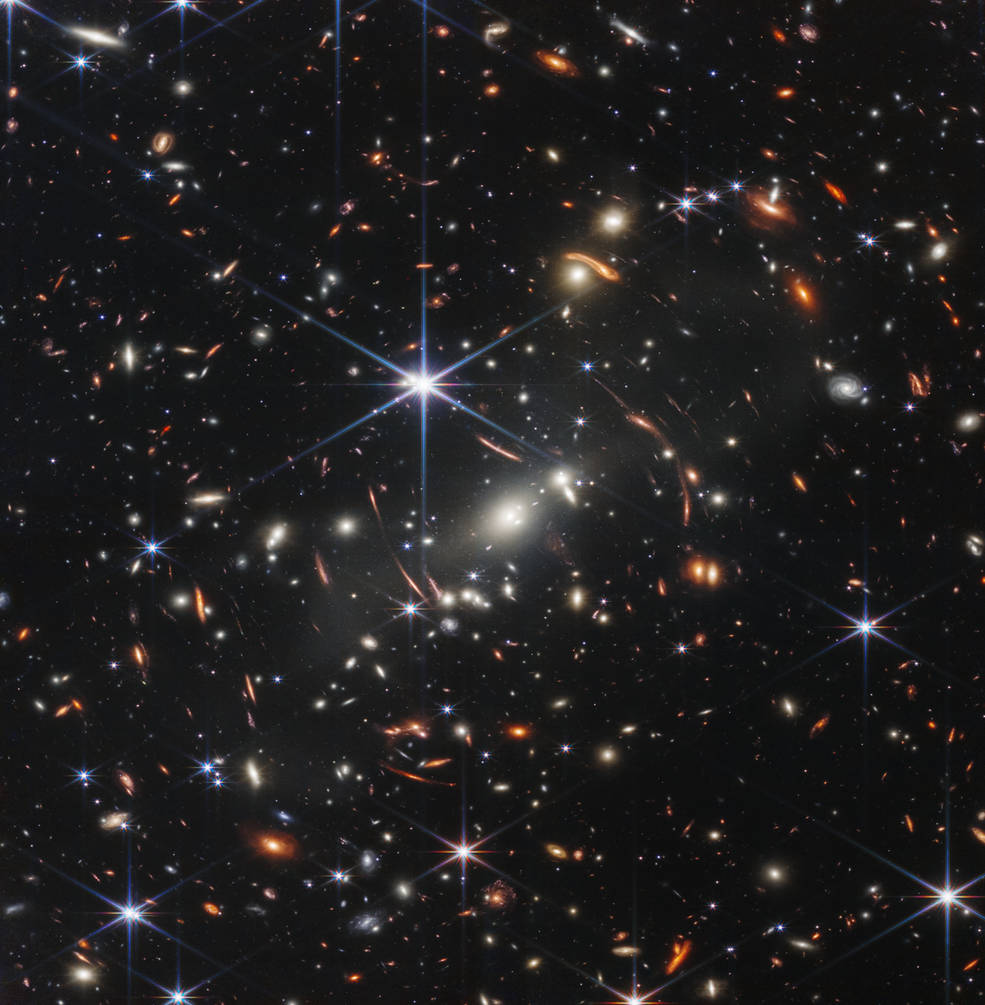After six months of waiting, NASA has released the first images from its James Webb Space Telescope! As the deepest and sharpest images of the distant universe today, it has been expected to be significant. Webb did not disappoint.
‘Thousands of galaxies – including the faintest objects ever observed in the infrared – have appeared in Webb’s view for the first time,’ NASA said upon the release of the images.
What is the James Webb Space Telescope?
Do you remember hearing about Hubble? Well, the James Webb Space Telescope is 100 times more powerful! This means it allows us to view objects too old, distant, or faint for the Hubble Space Telescope.
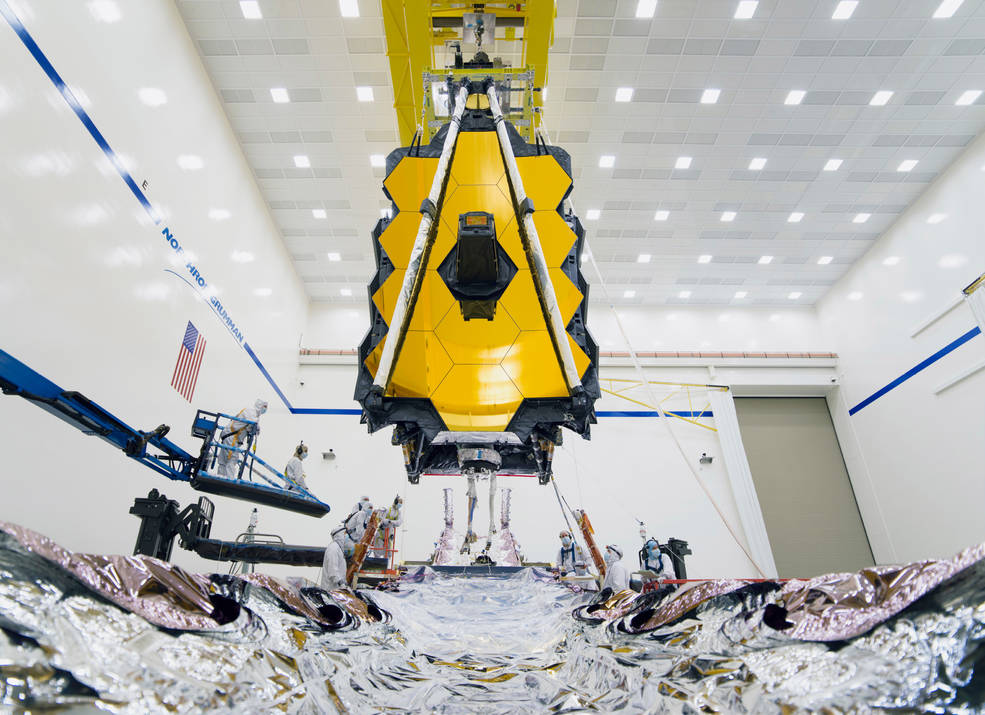
An image of the James Webb Space Telescope when it was first being built.
Image credit: NASA/Chris Gunn
Webb is ‘the largest telescope that has ever been placed in space – its sunshield alone is the size of a tennis court,’ report the Daily Maverick. It is primarily designed to capture the history of the universe through infrared astronomy.
It will unfold the universe, transforming how we think about the night sky and our place in the cosmos. The telescope lets us look back to see a period of cosmic history never before observed. Webb can peer into the past because telescopes show us how things were – not how they are right now.
It can also explore distant galaxies, farther away than any we’ve seen before,’ NASA have announced.
To you and I back on Earth, that means possibly the most beautiful and surreal images you have ever seen. History in the making is a truly spectacular sight. See for yourself.
Images from NASA’s James Webb Space Telescope
Carina Nebula
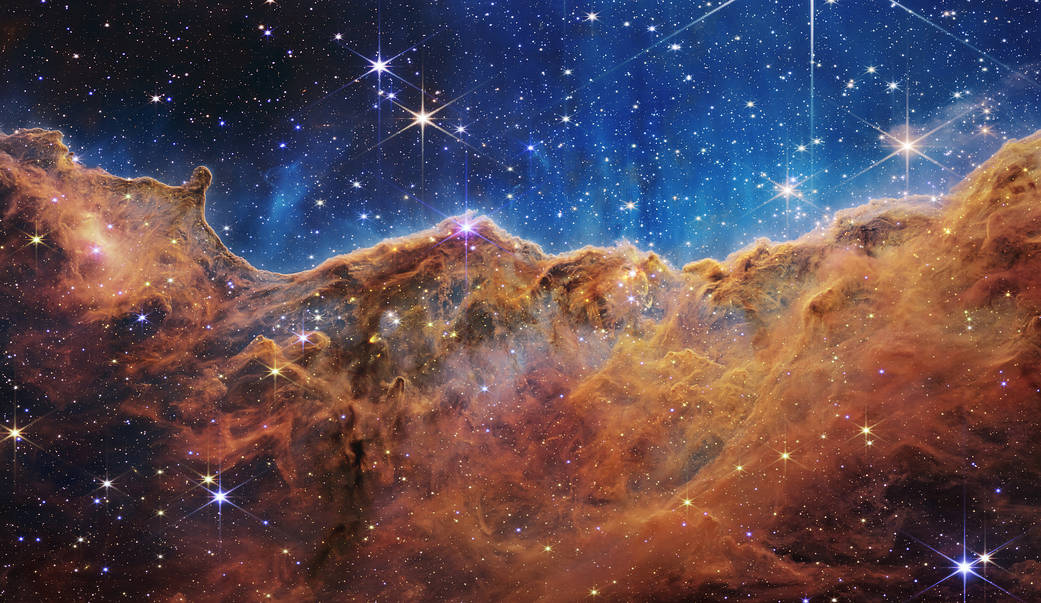
Image credit: NASA, ESA, CSA, and STScI
‘This landscape of “mountains” and “valleys” speckled with glittering stars is actually the edge of a nearby, young, star-forming region called NGC 3324 in the Carina Nebula. Captured in infrared light by NASA’s new James Webb Space Telescope, this image reveals for the first time previously invisible areas of star birth,’ say NASA of the image above.
Stephan’s Quintet
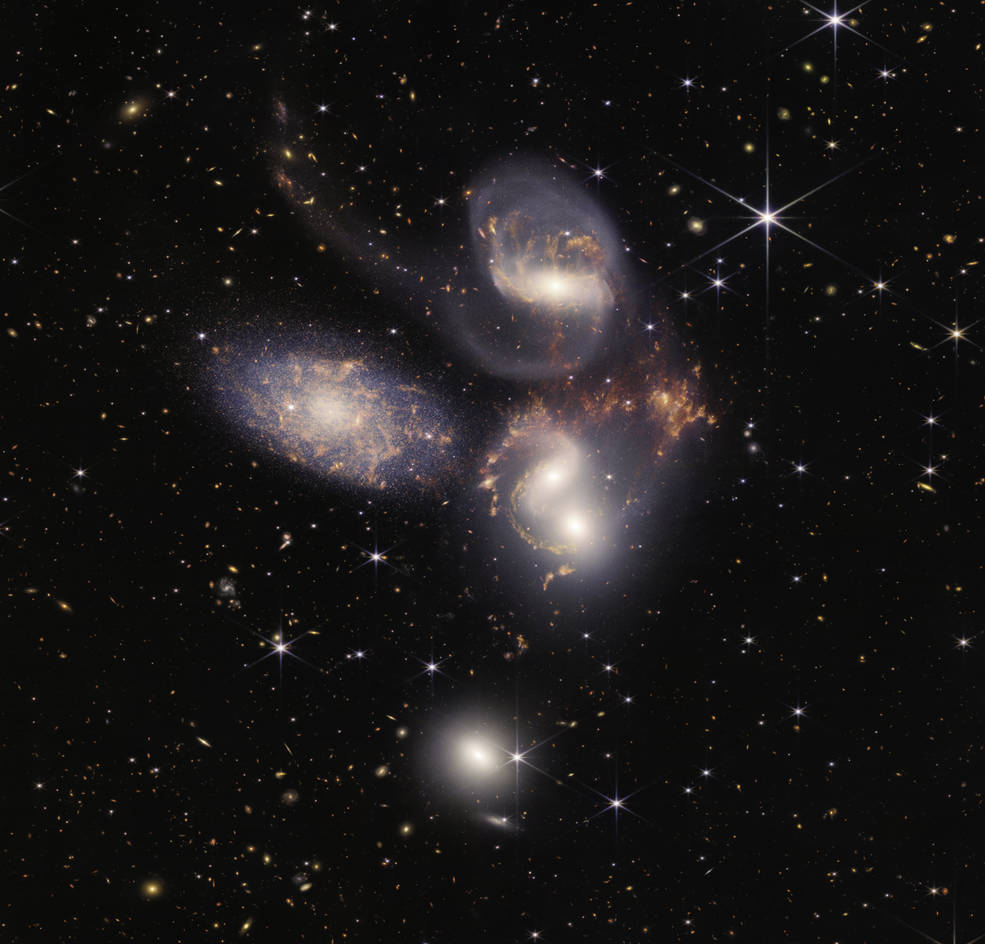
Image credit: NASA, ESA, CSA, and STScI
This grouping of five galaxies is known for prominently featuring in the classic film It’s a Wonderful Life, . Today, NASA says Stephen’s Quintent is revealed in a totally new light. It is the James Webb Space Telescope’s largest image.
Southern Ring Nebula
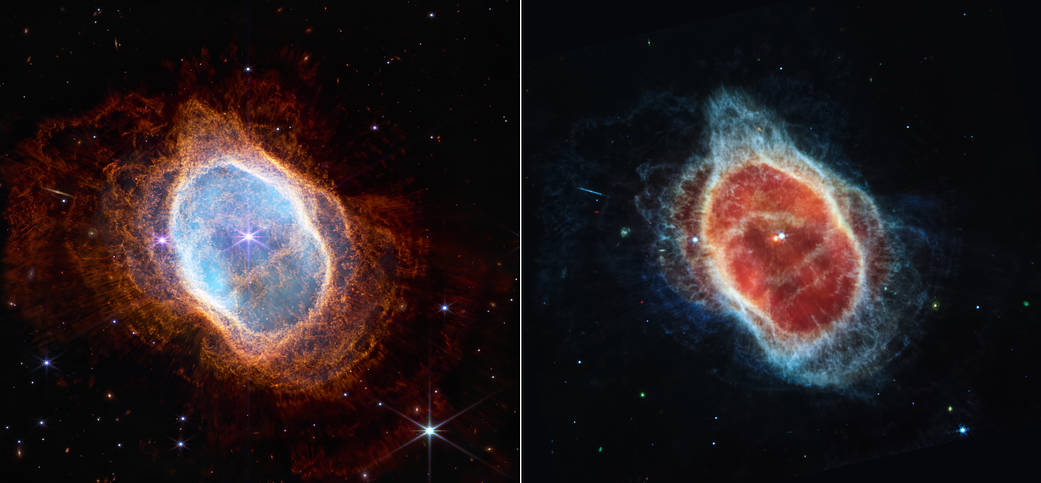
Image credit: NASA, ESA, CSA, and STScI
These images capture a dying star known as the Southern Ring Nebula. The Webb image reveals that it has been sending out rings of gas and dust for thousands of years. NASA approximates that it is 2,500 light-years away.
You can read more Webb on the NASA website here.
Cover image of Webb’s First Deep Field, cluster SMACS 0723. Credits: NASA, ESA, CSA, and STScI.
ALSO SEE:

